What is Diwali
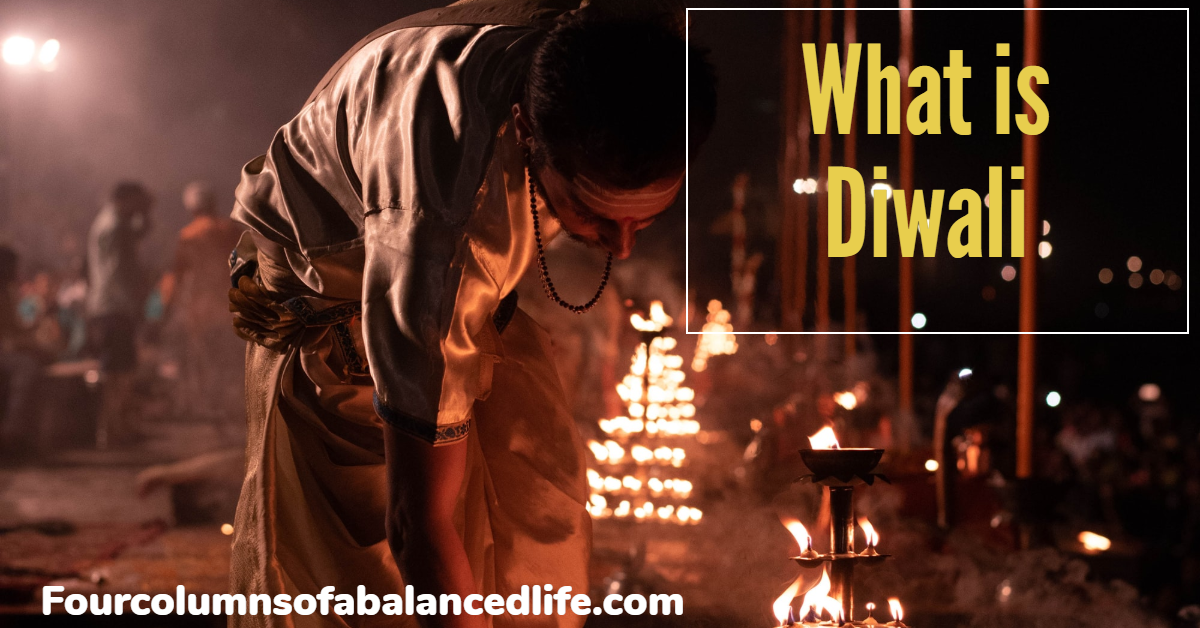
Diwali is the festival of lights celebrated during the Hindu Lunisolar month between mid-October and mid-November. Diwali takes place over five days: Dhanteras, Naraka Chaturdasi, Lakshmi Puja, Govardhan Puja, and Bhai Dooj. On Dhanteras people purchase gold, silver, clothes, and electronic gadgets as a sign of good luck. On Narak Chaturdasi, people bathe in natural oils and herbal mix and wear clean clothes. The Goddess of Wealth, Lakshmi is worshipped on this day and the entire home is lit with diyas. There is an exchange of gifts and sweets. Govardhan Puja is dedicated to Lord Krishna as a mark of gratitude. The final day is a day for siblings to get together and shares gifts and blessings.
I talk to Jayshree about Diwali.
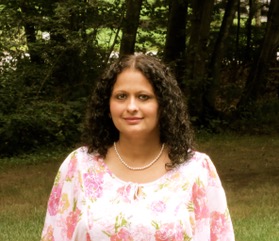
Jayshree, welcome to Four columns. Please tell my audience a little about you?
Hi! I’m Jayshree. I’m originally from Mumbai, India and now I live in Windham, NH in the US.
Tell me about Diwali and what does it represent?
Diwali is the most important festival in India. There are two legends that explain the reason behind celebrating the festival. In North India, it is believed that Lord Ram returned to Ayodhya during this period after defeating the evil demon Ravana who had kidnapped his wife. In Southern India, Diwali is celebrated to mark the day when Lord Krishna killed the demon Narakasura who had abducted and imprisoned many women. In both cases, it represents the victory of good over evil and light over darkness and is celebrated symbolically by lighting Diya (lamps).

Talk to me about Tamilian Diwali?
I’m ethnically a Tamilian. We generally celebrate Diwali early in the morning by taking a cleansing oil bath with sesame oil followed by eating sweets and savories and an herbal ayurvedic concoction to help us digest the rich food. We wear new festive attire and we decorate our homes with Rangoli (floor art) and diya (lamps) and burst firecrackers.
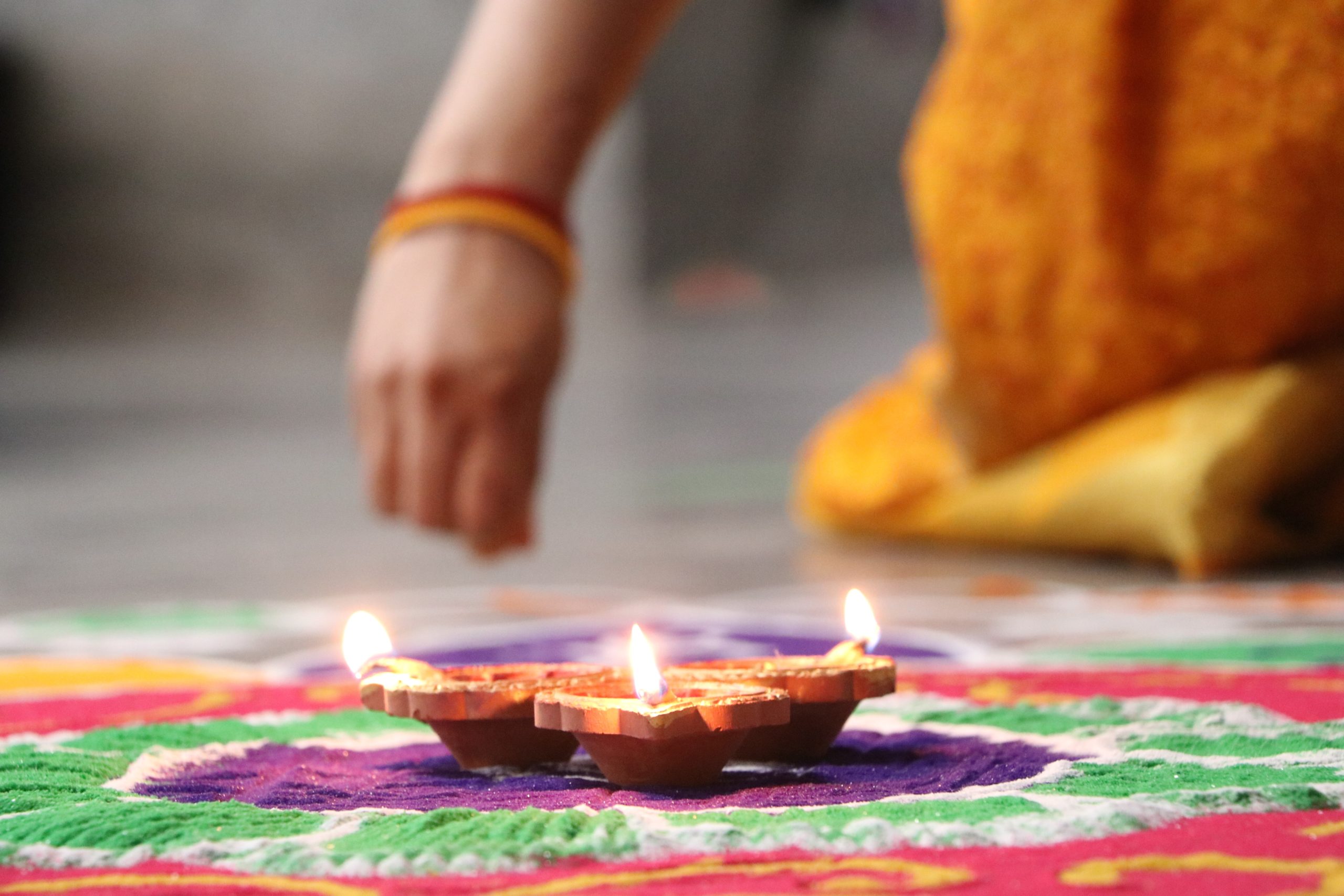
How do you celebrate at Diwali at home?
In the US, I celebrate a more generic Indian version of Diwali. I do the usual stuff like decorating my home with diya and rangoli and I make a few traditional sweets. As I live in a state where fireworks are legal, I call friends over for a fireworks party where we burst fireworks like sparklers, pencils, flower pots, bombs, and rockets. It’s very nostalgic and reminds us of our celebrations in India.
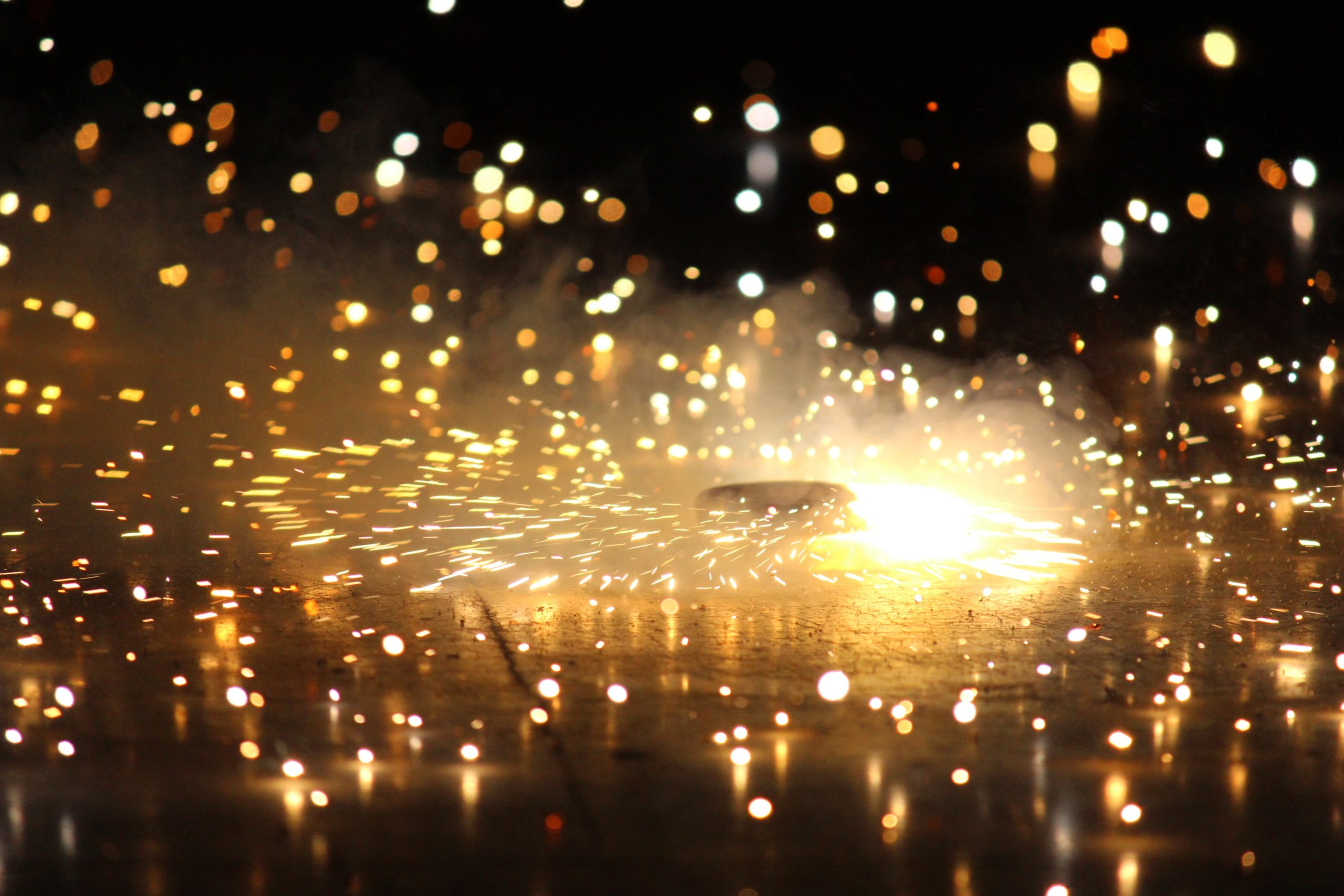
Wow, that sounds like fun. For Christmas, we do trees, decorations, lights, exchange gifts, and have family over. What are some Diwali traditions?
We wear new clothes and exchange sweets and savories with friends and families. For me personally, the most enjoyable tradition is decorating the house beautifully with lamps, lanterns, candles, and floral arrangements. Lighting a diya is a powerful symbol to dispel darkness and invite light into our hearts and homes. I also enjoy making rangoli or floor art with colored rice flour, sand colors, and flower petals.
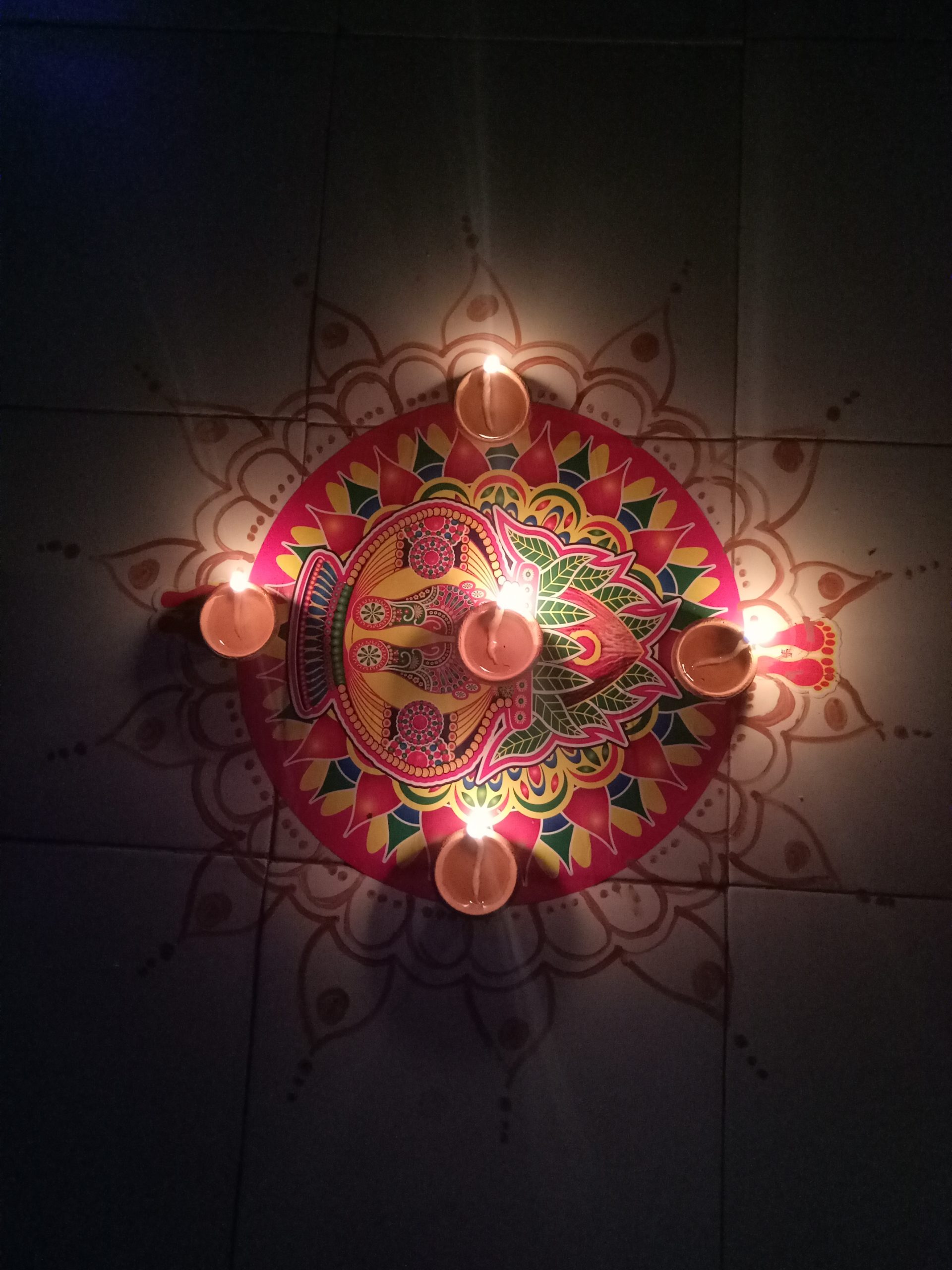
Tell me a little about Hinduism and how do you practice it?
Hinduism is such a diverse religion that there is no one size fits all. Within Hinduism, if you take one statement to be true, its complete opposite will also be the truth for some of its followers. For me, the beauty of religion lies in the fact that you can make of it what you will. Some people follow a more ritualistic version of the religion. I am intrigued by the philosophical and mystical aspects of religion. At home, I have a small area that serves as a temple and houses idols and pictures of the various Gods and Goddesses. I am an inter-faith person and I like to take what is good from each religion and reject what is outdated and not aligned with my values. I like the fact that Hinduism is a tolerant religion and I also like its complexity but I don’t follow some of the patriarchal practices that make no sense in our modern society.
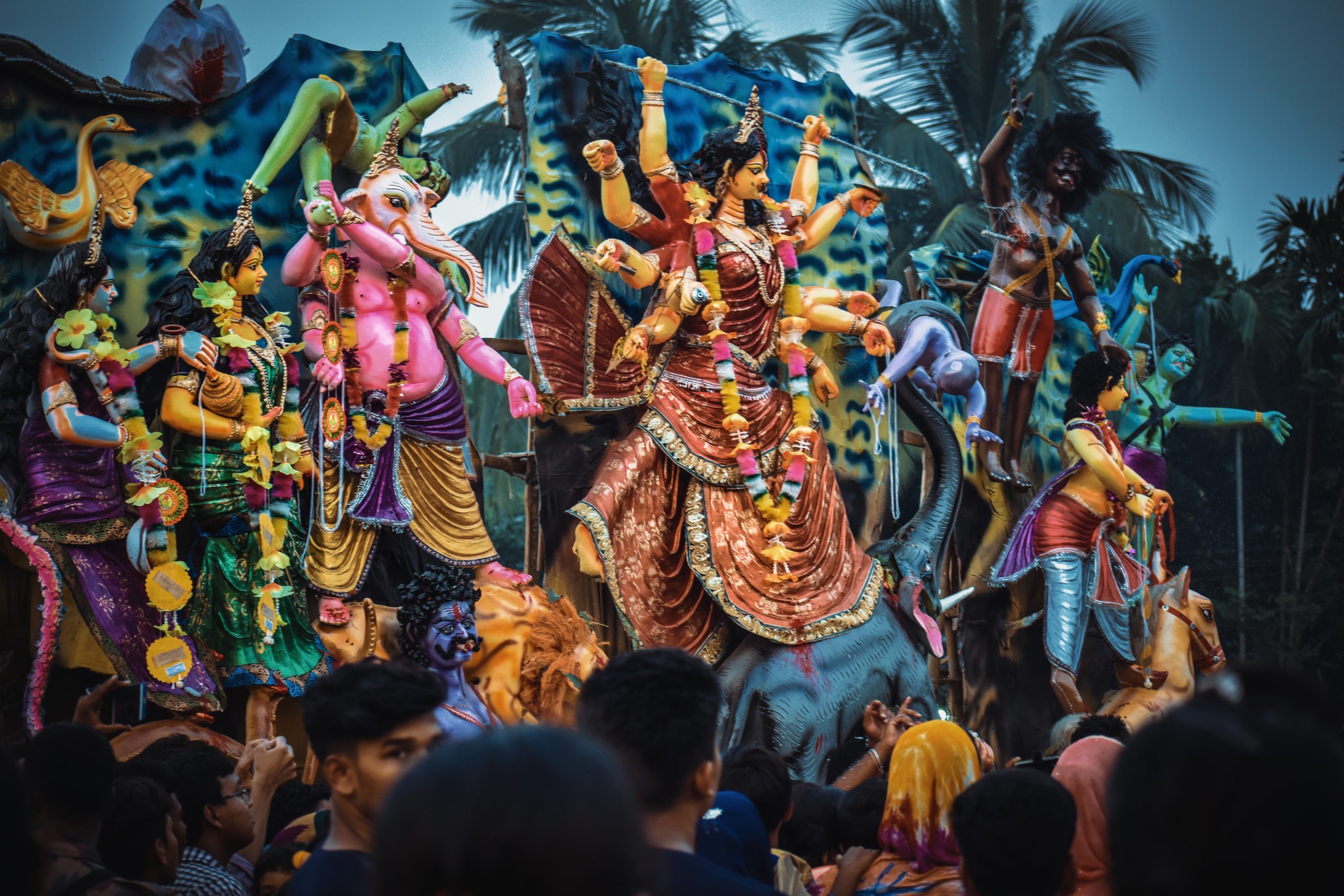
Do you fast for your husband and his well-being?
I’ve never fasted for my husband and I never will. First of all, fasting for husbands is not a custom followed by all Hindus. As I explained earlier, Hinduism has a lot of diversity and the traditions vary from region to region. In my community, we don’t fast for husbands. We fast on certain days but the fasts are meant for the Gods and Goddesses.
Explain the Mangal Sutra and the red sindoor on the head?
The Mangal Sutra or Taali is a necklace tied by the bridegroom on the bride on the day of the wedding and the sindoor is a red powder (vermilion) placed by him in the part of the hair. These traditions seal the marriage and traditionally the woman always wore the Mangal Sutra and the sindoor to show her marital status. Again, these customs are not followed by all Hindus. In some parts of India, women only wear sindoor, not the Mangal Sutra and in others, it is vice-versa. To me, this is a patriarchal custom as men don’t announce their marital status. But it could also be explained as customs designed to keep women safe in an era when there were a lot of warriors and show that she was already ‘taken’. For me, they are fashion statements. I usually wear them when I wear sarees or traditional attire as I think they look pretty.

What about the dot in the center of the head?
The dot on the center of the forehead is called the bindi, tikka, or pottu. It is considered to be the mystical third eye. The area on the forehead between the eyebrows is believed to be the sixth chakra or seat of energy and denotes concealed wisdom. There is a belief that no one can hypnotize you if you wear that dot. Men and children also wear tikka. Married women wear a red dot on their foreheads made of vermillion but nowadays the bindi has become a fashion statement and is sold in dazzling colors and shapes as stickers.
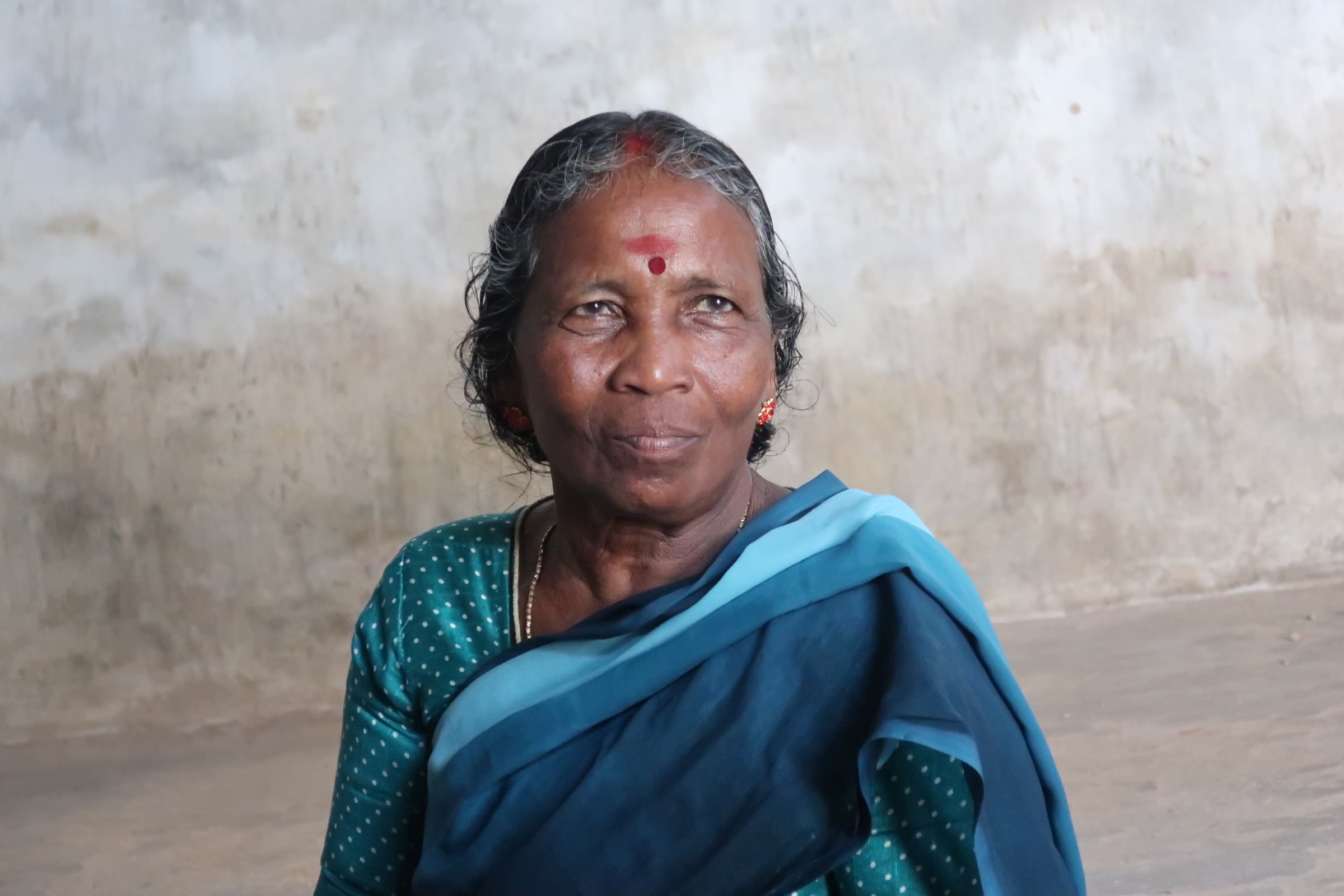
How is faith, finance, family, and food important to you and how do you balance them?
The four Fs that you talk about are important to every family. We balance it by devoting quality time to each area and by making it a shared responsibility of every member of the family.
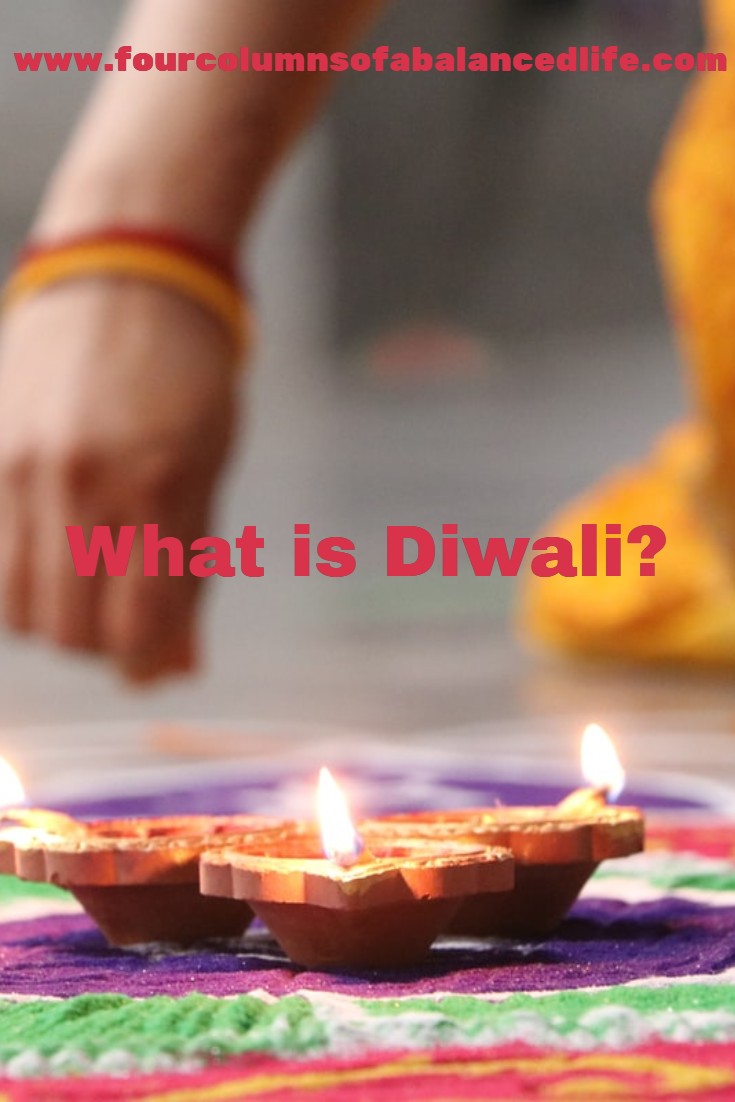

1 thought on “What is Diwali”